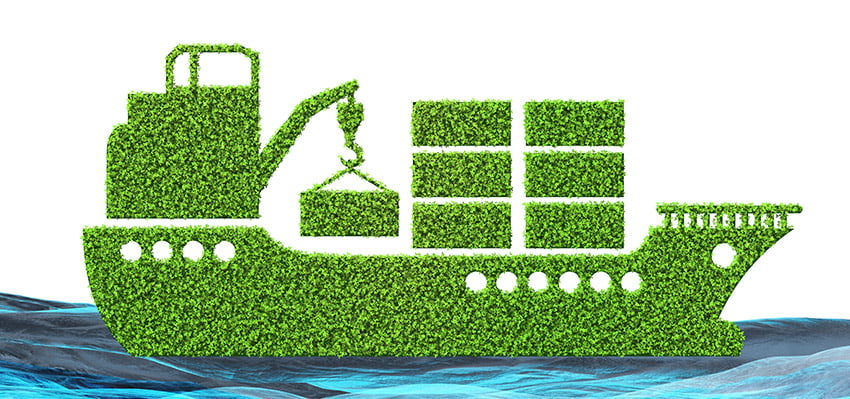SULPHUR 2020 is a game changer – with a little over four months to go until implementation, predictions of the effect range from slight to skyrocketing costs severely impacting on the affordability of moving goods by sea.
For context, the International Energy Agency in its Oil 2019 report forecasts global marine high sulphur fuel oil demand at 3.5m barrels per day in 2019, falling to 1.4m barrels per day in 2020. This is an unprecedented rapid shift, with the ongoing demand for HSFO a result of ships utilising exhaust gas cleaning systems (~4000 by end 2020) and relatively high levels of non-compliance, particularly with respect to ships operating in non-OECD countries.
New compliant low sulphur marine fuel products are likely to experience limited uptake initially according to the IEA, due to lack of confidence in stability, compatibility and availability of these products in some sectors. Uptake will increase with confidence. The IEA also predicts increased global marine demand for marine gas oil or diesel to more than double from 2019 to 2020 – also a significant, rapid shift in demand for a product, which unlike HSFO, has broad uptake across the global economy. Clearly, the impact of sulphur 2020, whatever the magnitude, won’t be limited to increasing the cost of seaborne trade.
The local picture
Some clarity on local supply and availability has been achieved – an issue of major concern to operators and charterers alike. Australia’s bunker fuel suppliers have reported progress in the development and testing of a new compliant heavy fuel oil product and have committed to supplying the product at traditional Australian HSFO bunkering ports in limited quantities. Price is still an unknown. Although as a price taker, the Australian market will reflect the Singapore price movements, plus freight.
Ongoing challenges
Aside from increasing costs, ship operators are faced with several potential practical challenges that, if not managed well, could result in significant consequences. It has been acknowledged that opportunities for de-bunkering of non-compliant fuel oil are scarce globally and Australia is no different.
When there is opportunity to de-bunker, it comes at great cost, both in time, access to bunker barge or land-based facilities, and disposal of the non-compliant product if it is unable to be repurposed. Of course, fuel quality has always been an issue of concern for international shipping, but there are fears that with the advent of new low sulphur fuel products as a result of sulphur 2020, fuel quality issues may be exacerbated.
Key proposal
A proposal considered at the most recent IMO Marine Environment Protection Committee meeting, to allow operators, having found themselves in such circumstances, to burn non-compliant fuel while on the high seas, was outright rejected by the vast majority of member states – no doubt due to the potential for exploitation of a possible loophole that such a regime might create.
The priority for the majority of IMO member states – and many sectors of industry – is to create the strictest possible compliance and enforcement regime, considering the financial incentive for non-compliance is predicted to be so strong.
Emissions reduction
As we have seen in the past when fuel prices spiked, from 2020 it is predicted we will see an overall reduction in shipping activity initially, which, says the IEA, will last a short while. But as the oil price responds and the shipping market adjusts, growth in demand and maritime activity could recover sharply.
A reduction in shipping activity or slow steaming in response to rising fuel costs will no doubt see an equivalent reduction in greenhouse emissions attributable to the shipping industry. It will be interesting to see how additional refining activity and production of more marine gas oil to meet marine demand will impact global emissions overall.
Incentivise alternatives
Another aspect to consider is how the increasing cost of traditional marine fuels will incentivise a hastened uptake of alternatives, prior to concrete measures being agreed at the IMO for reduction of greenhouse emissions from international shipping.
It is widely acknowledged that existing commitments, particularly the 50% reduction by 2050, cannot be met until the industry begins transitioning from traditional fuels to lower carbon and zero carbon alternatives.
Alternatives such as LNG, hydrogen, biofuels and renewable fuels will no doubt each have an increasing role to play between now and 2050. The development of regulation and standards to ensure the transition happens safely is critical. However, the question remains as to whether this can occur rapidly enough to facilitate the transition and avoid creating barriers to investment, so that the industry is enabled to meet the 2050 targets.
* Angela Gillham is deputy CEO at MIAL
This article appeared in the July 2019 edition of DCN Magazine

